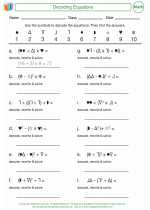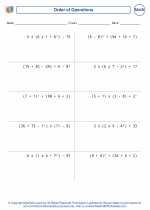Nonagon
A nonagon is a polygon with nine sides and nine angles. It is also known as a nine-sided polygon. The sum of the interior angles of a nonagon is 1260 degrees. Each interior angle of a regular nonagon measures 140 degrees.
Properties of a Nonagon
- Number of Sides: 9
- Number of Angles: 9
- Sum of Interior Angles: 1260 degrees
- Each Interior Angle (in a regular nonagon): 140 degrees
- Each Exterior Angle: 40 degrees (since interior and exterior angles are supplementary)
Formula to Find Sum of Interior Angles
The formula to find the sum of the interior angles of a polygon is given by: (n-2) * 180, where n is the number of sides of the polygon. For a nonagon, the formula becomes: (9-2) * 180 = 7 * 180 = 1260 degrees.
Regular Nonagon vs. Irregular Nonagon
A regular nonagon has all its sides and angles equal in measure. An irregular nonagon has sides and/or angles with different measures.
Examples of Nonagon
Here are a few examples of nonagon in real life:
- Stop sign: The red, octagonal shape of a stop sign is a real-world example of a nonagon.
- Some gemstones and crystals are naturally nonagonal in shape.
Practice Problems
1. Calculate the measure of each interior angle of a regular nonagon.
2. Find the sum of the interior angles of an irregular nonagon with the following measures: 130°, 140°, 120°, 125°, 135°, 150°, 125°, 140°, 130°.
3. Draw a sketch of a nonagon and label its sides and angles.
◂Math Worksheets and Study Guides Fifth Grade. Order of Operations

 Activity Lesson
Activity Lesson
 Worksheet/Answer key
Worksheet/Answer key
 Worksheet/Answer key
Worksheet/Answer key
 Worksheet/Answer key
Worksheet/Answer key
 Worksheet/Answer key
Worksheet/Answer key
